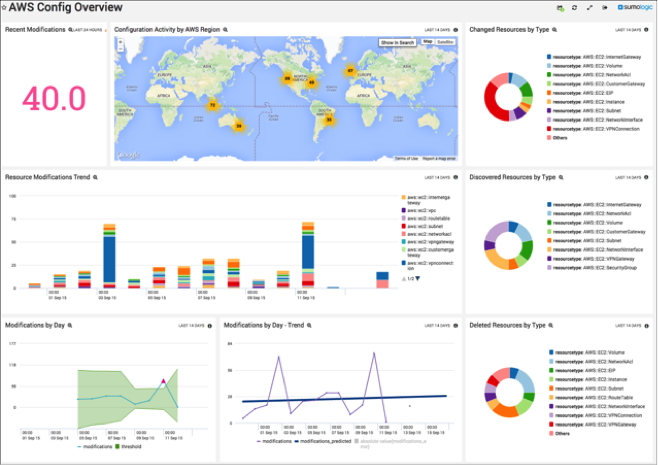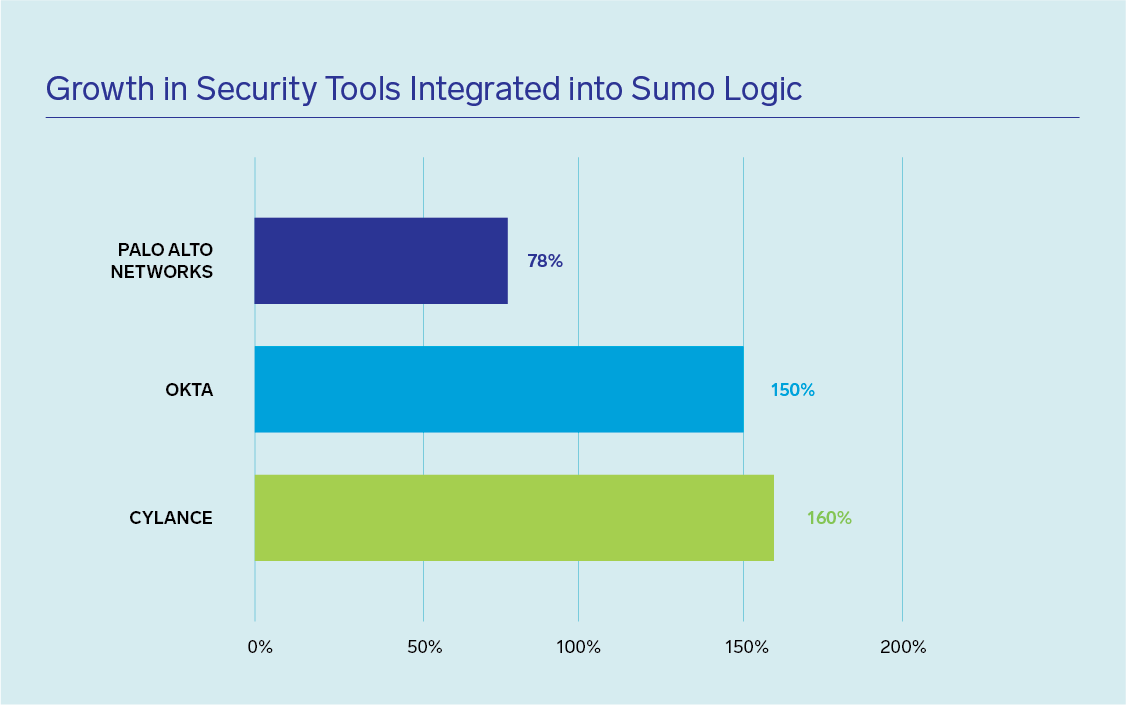
These operators have a 1 to 1 correspondence between input data and output data. Adding more aliases is one of the easiest ways to contribute! The only alias currently defined is apache, which parses apache logs. Starting with v0.12.0, angle grinder supports aliases, pre-built pipelines do simplify common tasks or formats. Only lines that match all filters will be passed to the subsequent operators. Sub-expressions must be grouped in parenthesis.
#Sumo logic sum timeslice install#
If you have Cargo installed, you can compile & install from source: (Works with Stable Rust >=1.26) cargo install ag Query SyntaxĪn angle grinder query is composed of filters followed by a series of operators. Macports sudo port selfupdate sudo port install angle-grinder FreeBSD pkg install angle-grinder Linux (any MUSL compatible variant) curl -L \ | tar Ozxf - \ | sudo tee /usr/local/bin/agrind > /dev/null & sudo chmod +x /usr/local/bin/agrind agrind -self-update Cargo (most platforms)

Thanks to the many volunteers who maintain angle-grinder on different package managers & environments! OSX 0, agrind can self-update via the -self-update flag. In all of the commands below, the resulting binary will be called agrind. Many more platforms (including Windows) are available if you compile from source.

Angle grinder is a bare bones functional programming language coupled with a pretty terminal UI.
#Sumo logic sum timeslice update#
The results will live update in your terminal as data is processed.

but still want to be able to do sophisticated analytics.Īngle grinder can process well above 1M rows per second (simple pipelines as high as 5M), so it's usable for fairly meaty aggregation. Angle grinder is designed for when, for whatever reason, you don't have your data in graphite/honeycomb/kibana/sumologic/splunk/etc. You can see it, live-updating, in your terminal. When used on aggregation it limits the aggregated result.Slice and dice log files on the command line.Īngle-grinder allows you to parse, aggregate, sum, average, min/max, percentile, and sort your data.

When used on processing it limits the results of the logs. Can be used for logs processing or aggregation. Limits the result of an operation by a specified condition. Sorts the results of an aggregation operation by a set of fields, ascending, or descending.Ĭalculates the sum of the values of the specified field, optionally grouped by one or more fields. If the source field is not specified, it defaults to the message field. The new field is added as a field:value pair to the log metadata. Returns one specific value.Įxtracts the contents of a specified source field into a new field based on a string pattern match. Returns one specific value.Įxtracts the minimum value for a set of values for a specified source field. Limits the results of an aggregation operation to a fixed number of results.Įxtracts the maximum value for a set of values for a specified source field. Returns one specific value.Ĭounts the number of events returned by a search, optionally grouped by one or more fields. Operatorĭisplays the column name as the alias value.Ĭalculates an average of values in a specified source field. Note: Advanced search operations are available for LM Logs Enterprise and LM Logs Unlimited customers.


 0 kommentar(er)
0 kommentar(er)
